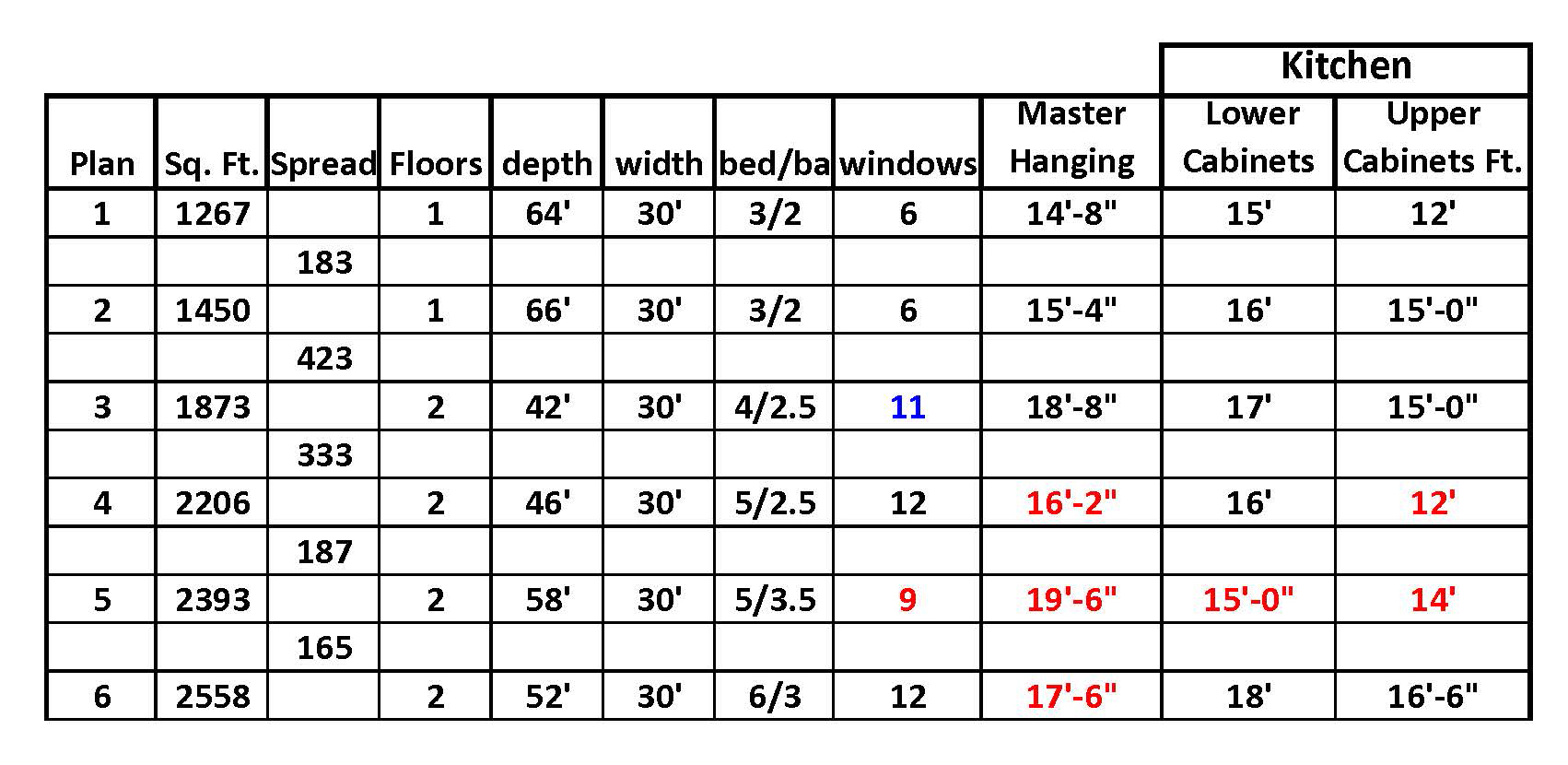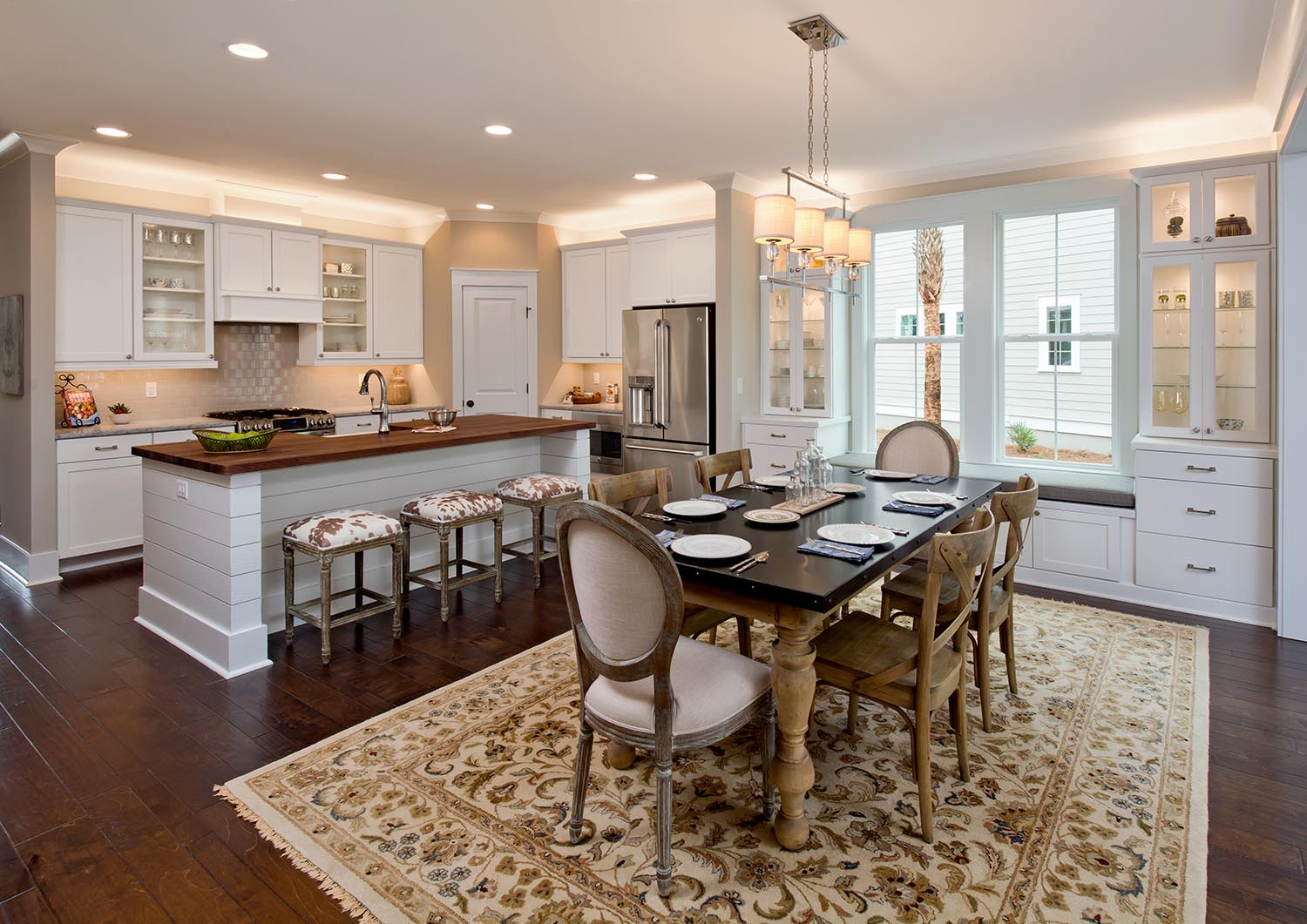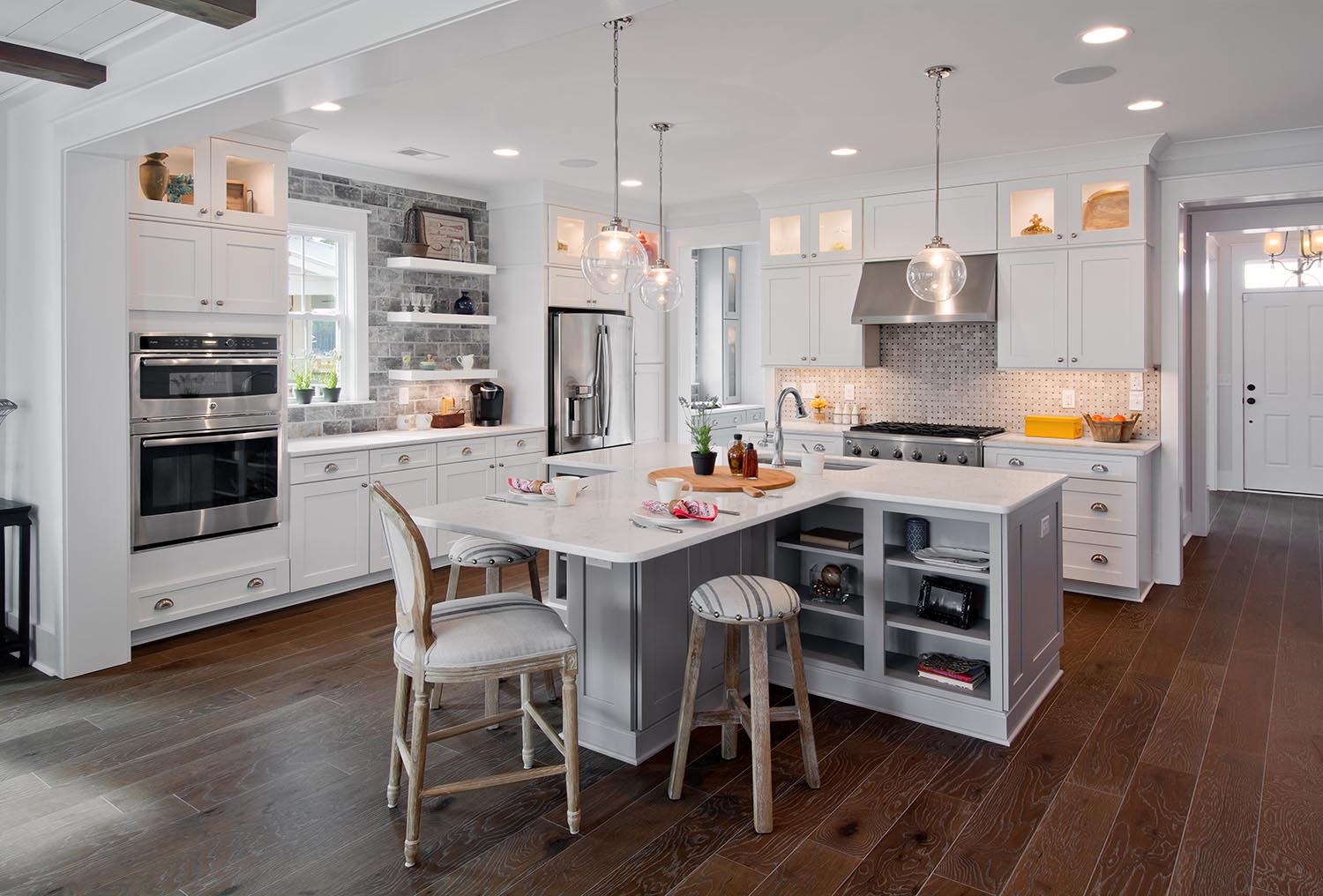How do we combat The Big Squeeze in housing?
Home buyers want more but have less to spend. On the other hand, costs ranging from regulations, land, and labor, are rising. Last week, we examined where builders can avoid excessive costs in order to deliver a stunning home at the right price. This week, we’ll look at the bigger picture and go into how to design a streetscape without letting our costs get out of control.
Part 3: Determining Elevation Styles
Your elevation choices should be influenced by the region you are building in. From there, your roof pitch and budget should narrow in on what you decide to build. In other words, if tile roofs aren’t in the budget, you should avoid Spanish and Mediterranean styles. When working with a shallow roof pitch, stick to styles that are enhanced by that!
Variety is Your Secret Weapon
Color, texture, and materials bring life and animation to each home. Going beyond Builder-Beige and Washed-Out-White allows each home to bring its own unique flair to the community.
The status quo tends to be builders offering the same 3 architectural styles for each plan. This is where we fall into the cookie-cutter rut. One solution to this is to have an arsenal of 4 or 5 styles to choose from – but still only offering 3 styles for each house.
For example, say you offer 5 styles: Farmhouse, Craftsman, French Country, English Country, and Low Country.
“Plan 1” could be offered in:
- Farmhouse
- Craftsman
- Low Country
Whereas “Plan 2” can be offered in:
- Farmhouse
- French Country
- English Country
When lined up on a streetscape, you have far more opportunities to let each house stand out. To really drive home the point, choose color palettes that enhance each style and bring the community to life!
Part 4: Tracking Your Plan Lineup
Now that you’re ready to hit the ground running, this is a good time to do a Plan Analysis and view all of the plans as a collection. Create a spreadsheet to track certain features with each plan. This allows you to narrow in on deficiencies or surpluses such as a lack of closet space or excessive windows. This might sound like torture, but I’m sure every office has a spreadsheet geek that practically lives for moments like these!
Have you ever found a community where the smallest house has a nicer kitchen than the largest one? This happens when builders add rooms to a house without tracking the rest of the features that buyers demand, resulting in a small house that is priced out of the market and a large house with a lackluster kitchen.
Here are just a few features that should track with the size of the home:
- Upper Cabinets
- Base Cabinets
- Window Count
- Kitchen Island Size
- Pantry Size
- Closet Hanging Space
Home builders often walk a fine line to deliver the perfect home at the right price. Expectations are as high as ever but the hurdles continually threaten to hinder profitability. By managing costs and being strategic in where we focus them, we can continue to deliver on the promise of the American Dream without crippling the home buyer.
Categorized in: Affordability, The Big Squeeze, Value Engineering
This post was written by Housing Design Matters





